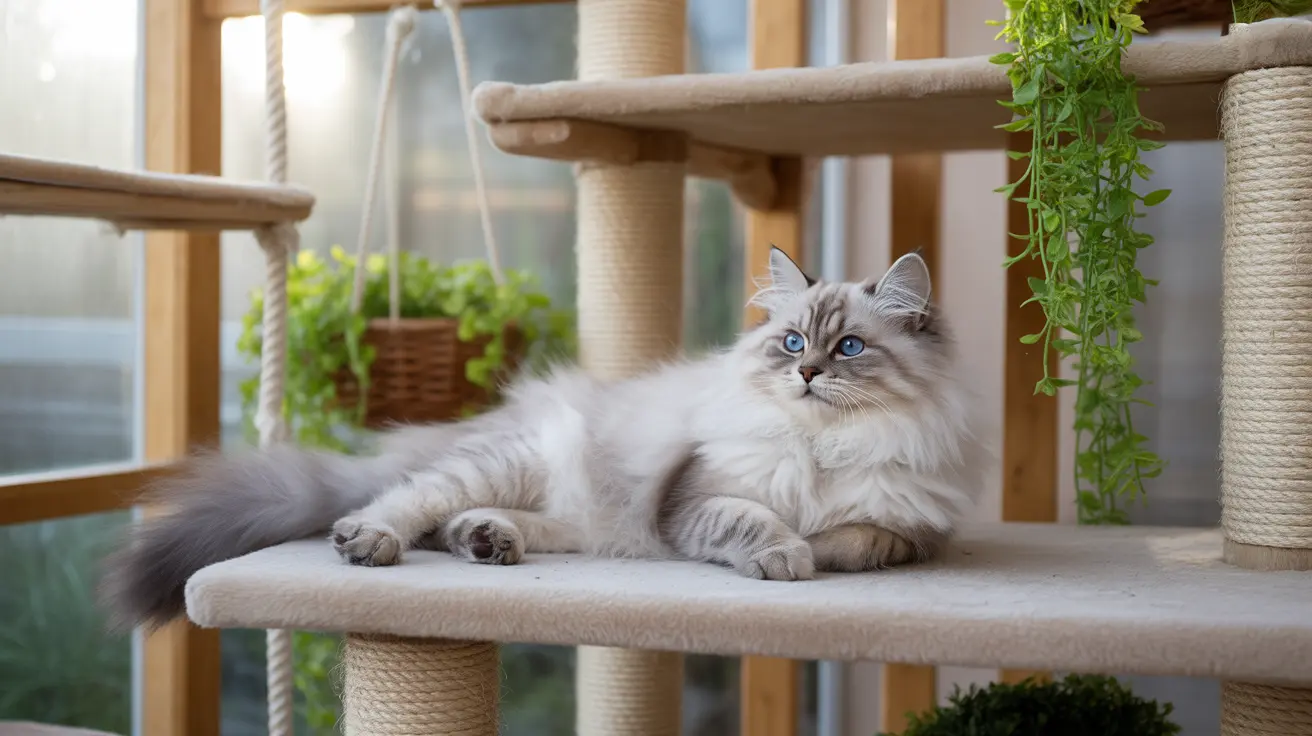Looking for free catio plans to create the perfect outdoor sanctuary for your feline friend? You're in the right place. A catio (cat patio) offers your indoor cat a safe way to experience the outdoors while protecting them from dangers like traffic, predators, and diseases. This comprehensive guide will walk you through everything you need to know about finding and using free catio plans to build the perfect outdoor space for your cat.
Understanding Catio Types and Designs
Before diving into construction, it's important to understand the different types of catios you can build. Free catio plans are available for various styles, including:
- Window box catios (perfect for apartments)
- Tunnel-style connecting catios
- Free-standing enclosures
- Deck or patio-integrated designs
Window Box Catios
These compact designs attach directly to your window, offering an affordable and space-efficient solution for apartment dwellers. Most window box catios can be built for under $200 using basic materials like lumber and wire mesh.
Walk-In Catios
Larger, free-standing designs allow both cats and humans to enjoy the space together. These typically range from 4x8 to 4x10 feet and include multiple levels for climbing and lounging.
Essential Materials and Tools
Most free catio plans call for these basic materials:
- Pressure-treated lumber or cedar planks
- Galvanized steel mesh or hardware cloth
- Weather-resistant screws and hardware
- Concrete mix (for ground-level installations)
- Roofing materials for weather protection
Required tools typically include:
- Power drill
- Circular saw
- Measuring tape
- Level
- Wire cutters
- Staple gun
Building Your Catio: Step-by-Step Process
Planning and Preparation
Start by choosing an appropriate location and measuring your space carefully. Consider factors like sun exposure, drainage, and accessibility from your home. Ensure your chosen free catio plans match your available space and skill level.
Foundation and Framework
Begin with a solid foundation, whether it's concrete footings for ground-level installations or secure mounting brackets for window boxes. Create a sturdy frame using pressure-treated lumber, ensuring all joints are properly reinforced.
Enclosure and Security
Install heavy-duty wire mesh or hardware cloth, ensuring no gaps larger than 2x2 inches. Double-check all connections and add extra securing points every 6-8 inches to prevent escape or predator entry.
Enrichment Features and Accessories
The best free catio plans include features that enhance your cat's experience:
- Multiple climbing levels and perches
- Scratching posts and pads
- Weather-protected lounging areas
- Bird-watching stations
- Cat-safe plants and greenery
Frequently Asked Questions
Where can I find free DIY catio plans for different sizes and styles?
You can find free catio plans on pet advocacy websites, DIY forums, and home improvement blogs. Many animal welfare organizations offer downloadable PDF plans with detailed instructions and materials lists.
What materials and tools do I need to build a safe and durable catio?
Essential materials include pressure-treated lumber, galvanized wire mesh, weather-resistant screws, and roofing materials. Basic tools needed are a drill, saw, measuring tape, level, and wire cutters.
How do I ensure my DIY catio is predator-proof and escape-proof?
Use heavy-duty hardware cloth with openings no larger than 2x2 inches, secure all joints with screws and staples, and install a solid roof. Regular inspections help maintain security.
What are the best design features to include for my cat's enrichment in a catio?
Include multiple levels for climbing, comfortable lounging spots, scratching posts, hiding places, and shelves near windows. Consider adding cat-safe plants and toys for additional enrichment.
How much does it typically cost to build a free-standing catio using DIY plans?
Costs typically range from $50 for a simple window box to $1,500 for a large walk-in catio. A standard 4x8 foot catio usually costs between $500-$1,000 in materials.
Remember, building a catio is an investment in your cat's happiness and safety. With the right free catio plans and careful attention to detail, you can create a secure outdoor space that both you and your feline friend will enjoy for years to come.






